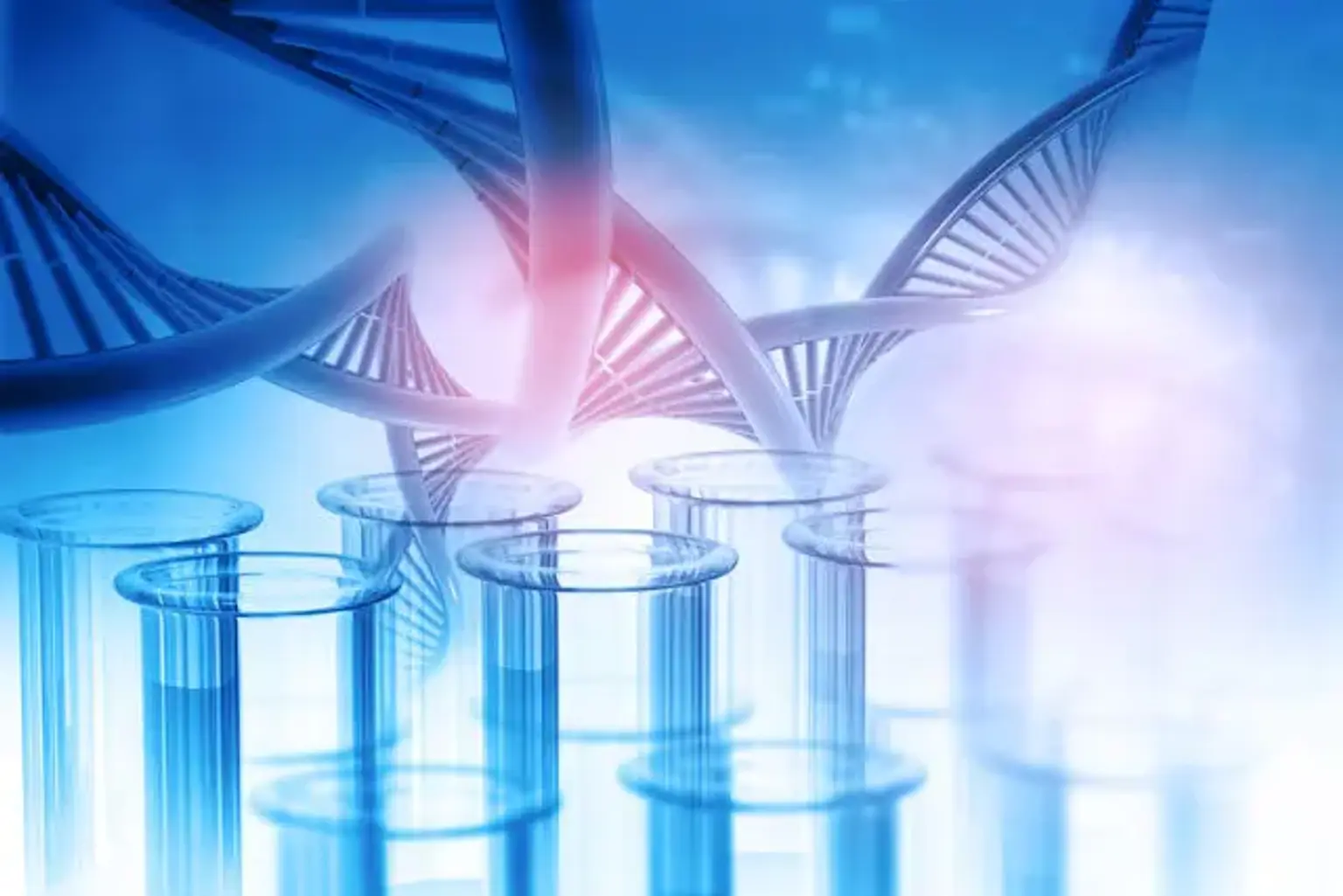Adipose-derived Stem Cells (ASCs)
By boosting the body's natural regeneration ability, regenerative medicine holds tremendous promise for repairing damaged tissues and organs and restoring function. Tissue engineering, medicine, and molecular biology are some of the techniques and specialties used in this interdisciplinary area to replace, engineer, or regenerate cells, tissues, or organs with the goal of restoring or regaining normal function.
In this regard, numerous cell types, including adult mesenchymal stem cells, have been examined for their applicability in regenerative medicine. The ability of MSCs to differentiate into cells of mesenchymal origin such as osteoblasts, adipocytes, myocytes, and chondrocytes led to an interest in their potential for future cell-based therapies. Immune compatible stem cells produced from differentiated tissues, unlike embryonic stem cells, are not vulnerable to ethical concerns. MSCs are often extracted from the bone marrow and constitute an appealing cell source for regenerative medicine due to their extensive availability.
Bone marrow-derived MSCs, on the other hand, are unsuitable for clinical usage due to the highly invasive aspiration method required and the decline in both their proliferation and differentiation capability as they age. Zuk et al. introduced a multipotent, undifferentiated, self-renewing progenitor cell population obtained from adipose tissue that is morphologically and phenotypically comparable to MSCs in the early twenty-first century in seeking an alternative stem cell source. According to the Internal Fat Applied Technology Society, these so-called adipose-derived stem cells (ASCs) have a differentiation capacity similar to MSCs and express unique stem cell markers. Importantly, the ASCs' superiority as an alternative clinical cell source is highlighted by the ease of repeated access to subcutaneous adipose tissue via a minimally invasive method, the simple isolation procedure, and a stem cell quality and proliferation capacity that does not decline with age of the patient.
